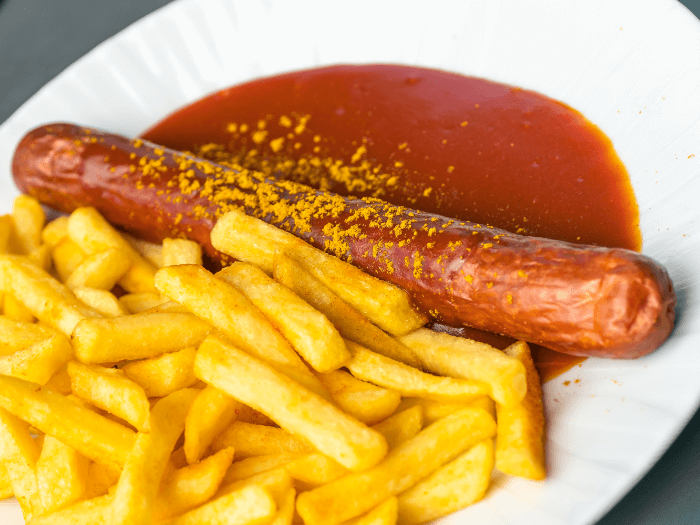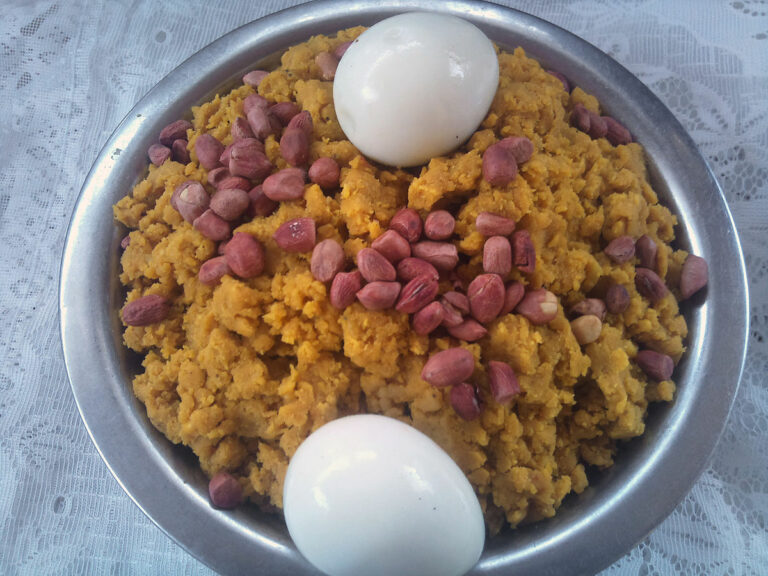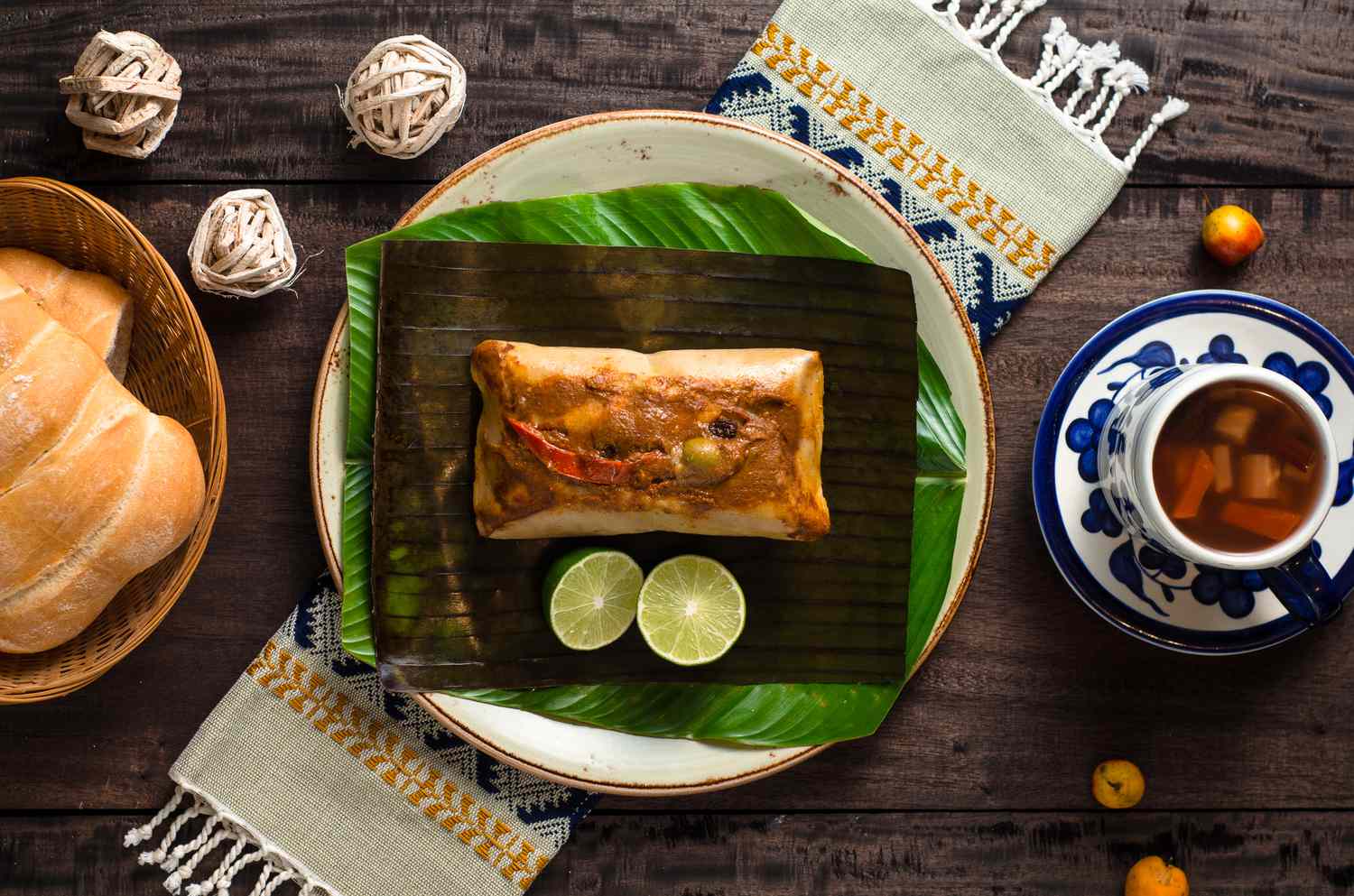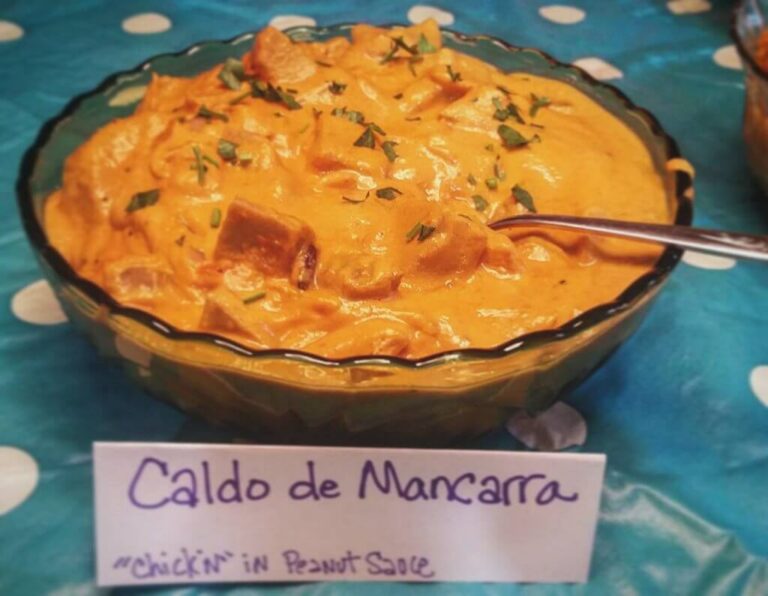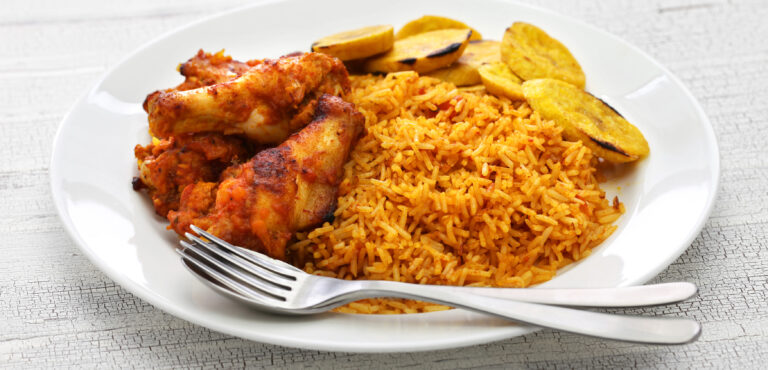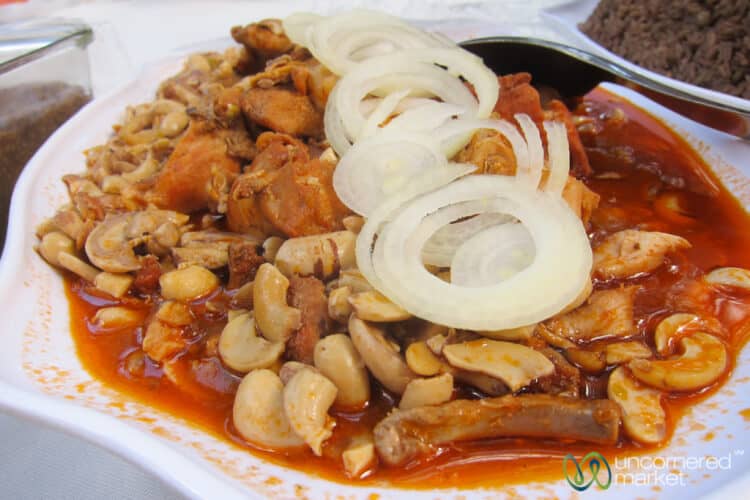Is German Cuisine Spicy?
German cuisine is known for its hearty and savory dishes, but when it comes to spiciness, people often associate it with other cuisines such as Indian or Thai. However, this does not mean that German cuisine is devoid of any spice or heat. In fact, certain regions and dishes in Germany incorporate a range of spices that add a unique and flavorful twist to the dish.
Overview of German Cuisine
German cuisine is diverse and varied, ranging from traditional meat dishes such as schnitzel and bratwurst to hearty soups and stews. The cuisine is characterized by its use of rich and bold flavors, often derived from ingredients such as mustard, vinegar, and beer. German cuisine also places a strong emphasis on locally-sourced and seasonal ingredients, resulting in fresh and wholesome dishes.
Common Spices Used in German Cooking
While German cuisine is not typically known for its spiciness, there are several spices that are commonly used in German cooking. Some of the most popular spices include caraway seeds, juniper berries, mustard seeds, and paprika. These spices are used to add depth and complexity to dishes, without overpowering the other flavors.
Regional Differences in Spice Usage
Just like any other cuisine, German cuisine varies in spiciness depending on the region. For example, dishes from the southern regions tend to be spicier, thanks to the influence of neighboring countries such as Italy and Austria. On the other hand, dishes from the northern regions tend to be milder in flavor, with a focus on simplicity and freshness.
Traditional German Dishes That Are Spicy
While German cuisine may not be known for its spiciness, there are several traditional dishes that incorporate a range of spices. One such dish is currywurst, a popular street food in Germany made from sliced sausage served with a tomato-based curry sauce. Other dishes that incorporate spicy flavors include goulash, sauerbraten, and senfeier (hard-boiled eggs in mustard sauce).
Conclusion: Spice Level in German Cuisine
In conclusion, while German cuisine may not be as spicy as other cuisines, it still incorporates a range of spices that add depth and complexity to dishes. Regional differences also play a role in the spiciness of dishes, with the southern regions incorporating more spices compared to the northern regions. Whether you prefer mild or spicy flavors, German cuisine offers a range of dishes to satisfy every palate.

